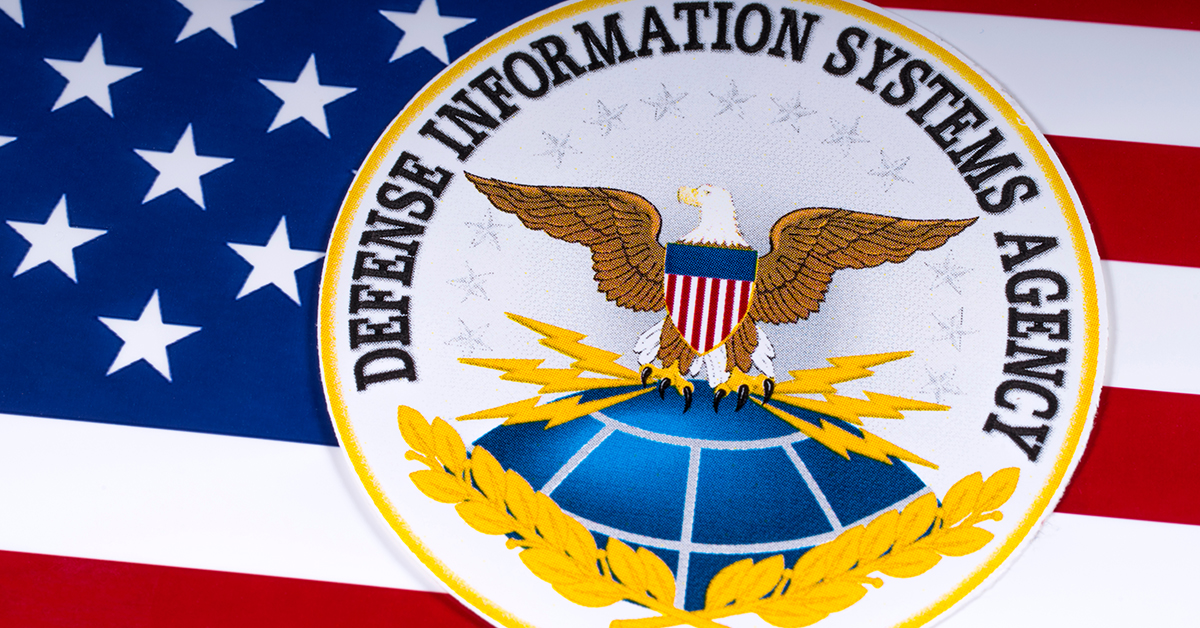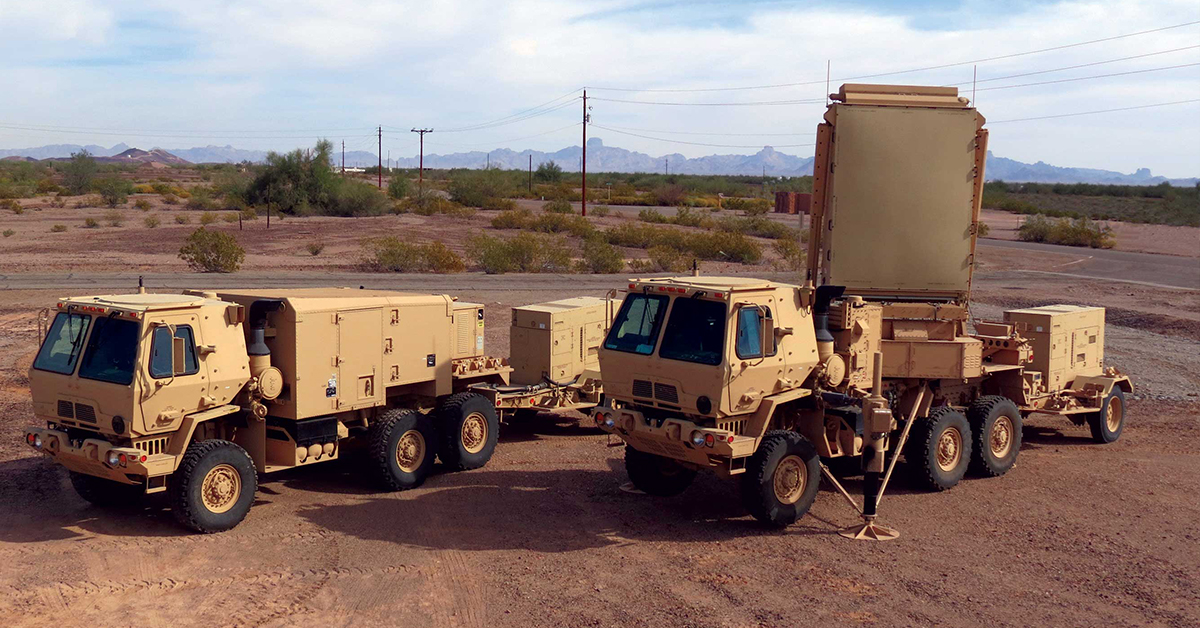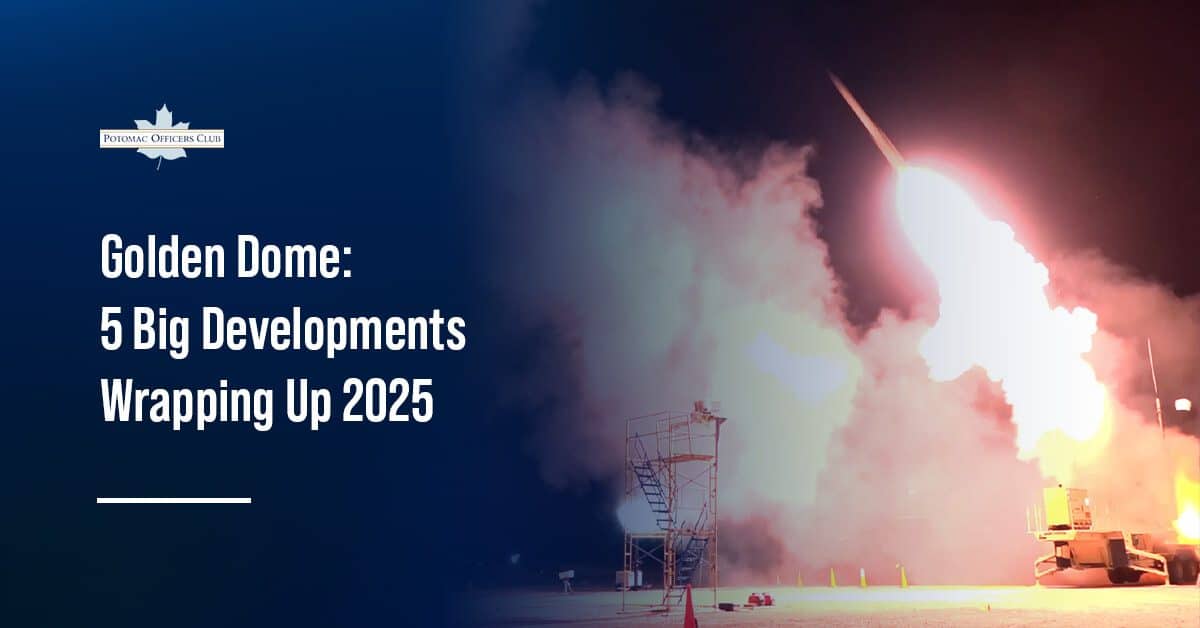
Unveiling the 6 Largest Defense Government Contracts in 2022
The defense industry is constantly evolving, driven by the development of new technologies and innovations aimed at bolstering national security measures and improving military operations. Defense spending is influenced by various factors, including military modernization and cybersecurity upgrades. Notably, in 2022, the United States increased its defense spending by $71 billion to support Ukraine. Get to know the largest defense government contracts in 2022.
What Is a Defense Contract?
A defense contract is a formal agreement between the Department of Defense or its subagencies and a private company or small business. Although defense contracts are accessible to all, the Defense Department primarily engages with prominent companies such as Lockheed Martin, Boeing, Raytheon, General Dynamics, and Northrop Grumman. These defense contractors consistently secure the department’s largest share of annual contract obligations.
Why Are Defense Contracts Important?
Here are some of the main reasons defense contracts are important:
1. National Security
Defense contracts are essential for safeguarding a nation’s safety, security, and interests domestically and internationally. The United States, possessing the world’s most powerful military, relies on these contracts to protect its national security against two significant nuclear powers, namely Russia and China, which threaten U.S. interests.
2. Technological Advancements
Defense contracts frequently entail the development of cutting-edge technologies as governments strive to acquire the most advanced and effective solutions for their defense requirements. In fiscal year 2021, approximately 49% of total Department of Defense (DOD) contract obligations were dedicated to procuring goods, 42% to services (e.g., IT services), and 9% to research and development. This allocation of resources fosters innovation in aerospace, communications, and cybersecurity. For example, NASA engaged Telesat to assess its commercial satellite communications services and replace the outdated Tracking and Data Relay Satellite system.
3. Economic Impact
The defense industry plays a vital economic role by generating employment opportunities and supporting various suppliers and subcontractors. Defense contractors have the potential to stimulate economic growth. In fiscal year 2018, direct hires by the DOD accounted for 27% of the federal civilian employee workforce. Additionally, the U.S. military exports products and services through foreign military sales, generating revenue and fostering international collaboration. For instance, in 2021, 57% of Raytheon sales’ were attributed to the U.S. government and foreign military sales.
1. Defense Health Agency’s TRICARE Support Contracts

- Date: December 2022
- Contract amount: $136 billion
Contracting activity: Department of Defense and Defense Health Agency - Contract duration: 8 years (Eight one-year option periods)
In December 2022, the Department of Defense awarded the T-5 Managed Care Support (MCS) contract, the next-generation TRICARE contract, for two regions in the United States: the West Region and East Region.
Humana Government Business, located in Louisville, Kentucky, secured the $71 billion T-5 MCS Contract for the East Region, while TriWest Healthcare Alliance secured the $65 billion contract for the West Region. These contracts replace the previous T-2017 managed care contracts. Starting in 2024, eligible members of the uniformed services, retirees, and their families will have access to healthcare under these contracts.
The new T5 contracts did not alter the TRICARE benefits and options. However, they bring improvements such as enhanced network flexibility through MHS GENESIS through Health Information Exchanges. This allows for faster information delivery to providers in both regions, resulting in an upgraded beneficiary experience and improved customer service.
2. DISA’s Defense Enclave Services Contract

- Year: February 2022
- Contract amount: $11.5 billion
- Contract type: Indefinite delivery, indefinite quantity
Contracting activity: Defense Information Systems Agency - Contract duration: 10 years (four-year base period with three two-year option periods)
In February 2022, Leidos won a potential $11.5 billion Defense Enclave Services contract from the Defense Information Systems Agency. This contract aims to streamline the network infrastructure of non-service-specific agencies within the Pentagon. As part of the contract, Leidos is responsible for leading the Fourth Estate Network Optimization initiative, which involves consolidating personnel functions, systems, and other program elements. The Fourth Estate network comprises 81 global sites and an estimated 20,000 and 40,000 endpoints, excluding employees working remotely during the pandemic.
3. Defense Health Agency’s Omnibus IV Military Medical Research and Development Contract

- Year: May 2022
- Contract amount: $10 billion
- Contract type: Multiple-award, indefinite-delivery, indefinite-quantity
Defense Health Agency - Contract duration:10 years (five-year base period and one five-year option period)
In May 2022, the Defense Health Agency awarded the Omnibus IV Military Medical Research and Development contract to 56 contract holders. This multiple-award contract encompasses a wide range of military medical research and development activities and support services.
The purpose of this contract is to obtain professional and technical solutions that will support the future research and development programs of the Department of Defense. The scope of the contract includes areas such as medical simulation technology, infectious diseases and radiation effects research, battlefield healthcare, clinical medicine, chemical and biological readiness, genomics and omics-based research, and science technologies. The contract builds upon the foundation of previous Omnibus R&D contracting vehicles, which have been in operation for over nine years and have accumulated more than $1 billion in contracts.
4. Department of Defense’s Joint Warfighting Cloud Capability Contract

- Date: December 2022
- Contract amount: $9 billion
- Contract type: Multiple-award, indefinite-delivery, indefinite-quantity
Contracting activity: Department of Defense - Contract duration: Maximum of 5 years
In December 2022, the Department of Defense awarded the Joint Warfighting Cloud Capability contract worth $9 billion to four cloud providers: Amazon, Google Support Services, Microsoft, and Oracle. This contract aims to establish a single cloud network that serves all military branches.
JWCC represents a modernization effort to migrate the IT infrastructure to the cloud. By doing so, the responsibility of maintaining individual IT networks by defense units is relinquished. Through the integration of systems, a unified and coherent structure enables the DOD to make decisions faster through machine learning.
The JWCC’s three components are the following:
- Global directory: A comprehensive database that encompasses user information, contains a list of users, login credentials, security certificates, and lookup services
- Infrastructure-as-a-code (IaaS): An approach that offers the flexibility to deploy workloads on cloud services. Amazon AWS, for instance, utilizes YAML-formatted files, allowing developers to switch between instance types by making a few adjustments in the code.
- Cloud provisioning tool: Every cloud provider has its unique methods for managing and navigating cloud deployments, often employing Kubernetes for provisioning purposes.
5. Missile Defense Agency’s Contract for the SITR of the GMD System

- Year: August 2022
- Contract amount: $5.2 billion
- Contract type: Indefinite-delivery/indefinite-quantity
- Contracting activity: Missile Defense Agency
- Contract duration: 5 years
Boeing, based in Huntsville, has won a significant prime contract worth $5 billion for the Missile Defense Agency’s Ground-Based Midcourse Defense (GMD) system. This contract specifically focuses on system integration, testing, and readiness (SITR). Boeing has managed the GMD program since 1998 and will continue its involvement under this contract.
As part of the agreement, Boeing’s responsibilities include overall engineering, physical and logical integration of GMD elements and components, testing, and compliance with system requirements. The work is primarily conducted in Huntsville, Alabama, with an expected completion date of August 2027.
6. U.S. Army’s AN/TPQ-53 Radar Systems Contract

- Year: 2022
- Contract amount: $3.2 billion
- Contract type: Firm-fixed-price
Contracting activity: U.S. Army Contracting Command - Contract duration: 5 years
In March 2022, the U.S. Army awarded Lockheed Martin a $3.2 billion contract. The contract mandates Lockheed to undertake the full-rate production of AN/TPQ-53 radar systems, along with associated spare parts and services, and deployment for countries eligible for foreign military sales.
The AN/TPQ-53 radar system plays a crucial role in detecting, classifying, tracking, and determining the location of unmanned aerial systems and indirect enemy fire in 360 and 90-degree modes. It enriches the U.S. Army’s inventory, replacing the aging, medium-range radars AN/TPQ-36 and AN/TPQ-37.

Category: Articles




